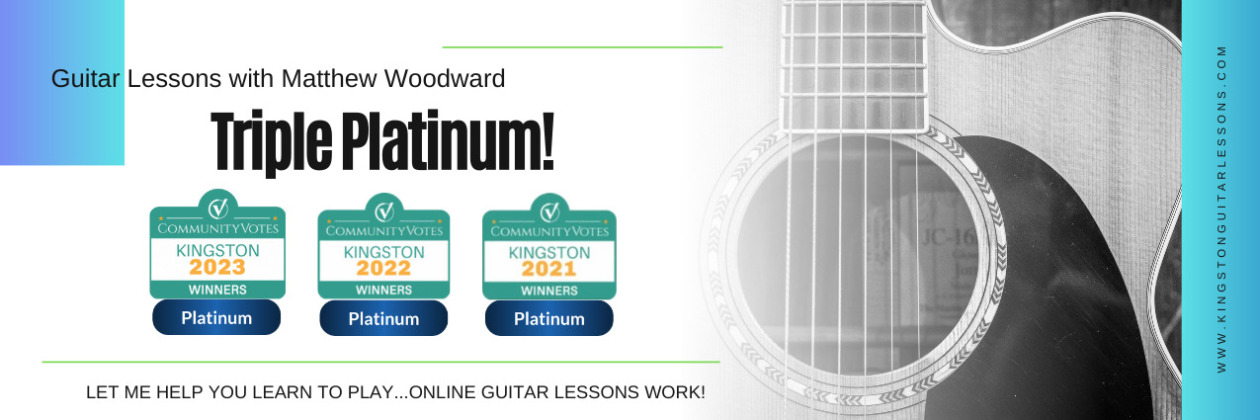PERFORMANCE
This is the main event – the “gig” at which the musician or group plays its repertoire before a live audience. Be it a campfire sing-along or a full-scale concert event, the quality of that performance will reflect the amount of time the musicians have spent practicing separately and rehearsing to gether.
gether.
There is nothing that compares to the experience musicians gain on stage, and when performers “click” with their audience the concert experience can be magical.
Despite hours and hours of musical preparation, performing for an audience also requires energy, stamina and above all professionalism. This means being ready for the missed cues and mistakes that always happen an d knowing how to deal with them in a way that the audience (hopefully) won’t notice. As a performer, you will encounter many things beyond your control such as broken strings, equipment breakdowns,
d knowing how to deal with them in a way that the audience (hopefully) won’t notice. As a performer, you will encounter many things beyond your control such as broken strings, equipment breakdowns,
bad connecting cables, personal illness, family and relationship problems, deaf soundpersons, drunken fans, shyster managers, insane club owners…how you react to situations is important. As the saying goes, “the show must go on”. The real “troupers” find the focus and inner strength they need to rise above whatever external issues might affect their performance.
Electric players should strive to get the best sound they can at a comfortable level, using the venue’s sound system to boost their signal. If you’re not “in the mix”, what the crowd hears will suffer. You will also annoy your bandmates, especially those who are trying to sing on pitch. For most audiences the vocal performance is the single most important feature of any song. Your chosen stage volume should never be such that it will drown out the singer(s). One of the best compliments a musician can give to another musician is to say that he or she “has big ears”, meaning that they listen to all of what’s being played and react to the others in the group. If you can’t hear the other members of your group, you’re too loud.
For most audiences the vocal performance is the single most important feature of any song. Your chosen stage volume should never be such that it will drown out the singer(s). One of the best compliments a musician can give to another musician is to say that he or she “has big ears”, meaning that they listen to all of what’s being played and react to the others in the group. If you can’t hear the other members of your group, you’re too loud.
Working from a set list that everyone agrees upon is very important. Try to create little “segues”, transitional musical links that connect one song to the next, to avoid dead air between your tunes. A segue  can be quite elaborate, involving key changes or modulations, but can also be as simple as having your drummer immediately kick into the beat of your next song. Keep your show moving along.
can be quite elaborate, involving key changes or modulations, but can also be as simple as having your drummer immediately kick into the beat of your next song. Keep your show moving along.
Be aware of which person in the group should be the focal point of the audience at any given time. If it is their time to solo, play to them, support them, encourage them. Audiences notice these things.  Follow spotlights are wonderful tools in this respect and can be used to help guide your audience to look exactly at what you want them to.
Follow spotlights are wonderful tools in this respect and can be used to help guide your audience to look exactly at what you want them to.
Some of the best groups of musicians that I’ve worked with recorded live shows and listened to them immediately after the performance, while everyone was winding down from the adrenaline rush and memories of what transpired were still fresh. We’d listen to what we did, evaluate our performance, giving each other credit where due and respectful, constructive criticism when requested or necessary. This always helped make our next show better.
I’ve always believed that the people on stage should be better-dressed than their audience, or at least as well as, no matter what style of music they are playing. Jeans and a t-shirt are okay for Bruce Springsteen, but he’s already made it to the top with a blue collar image. Give some thought to your appearance and the impression you will make on the audience. Without adopting uniforms, your group might decide to wear only certain colours or patterns. For example, you can wear whatever you want, as long as it’s black and/or blue. This idea allows everyone freedom to dress as they like, but a more unified visual results which makes the group or band look more “together” and professional. It may sound “old school”, but it’s worth saying: DRESS FOR SUCCESS.
Give some thought to your appearance and the impression you will make on the audience. Without adopting uniforms, your group might decide to wear only certain colours or patterns. For example, you can wear whatever you want, as long as it’s black and/or blue. This idea allows everyone freedom to dress as they like, but a more unified visual results which makes the group or band look more “together” and professional. It may sound “old school”, but it’s worth saying: DRESS FOR SUCCESS.
One last thought, perhaps most important of all…don’t forget to get paid.
Let that be a lesson to you. ![]()
© 2014 Matthew Woodward


